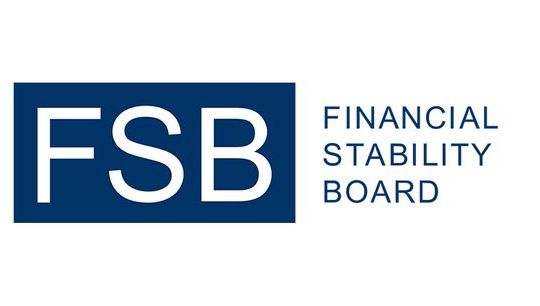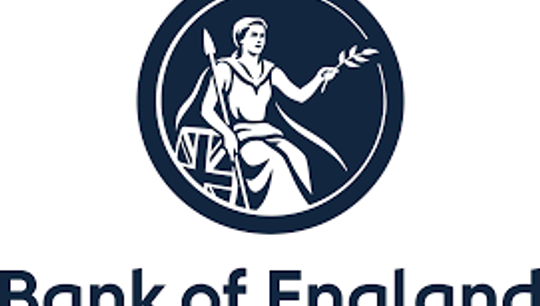The Australian middle market direct lending opportunity
By Mick Wright-Smith; Joe Millward; Paul Nagy; Founding Partners, Epsilon Direct Lending
Published: 28 June 2021
Investors have been able to access private credit markets for some time. However, middle market direct lending – a specific subset of private credit – has largely been the sole domain of traditional bank lenders, with investors having limited access to this market segment. It has only really started to emerge in Australia in recent years as bank lenders have reduced lending activities to middle market companies, due to regulatory, capital and cost pressures. New alternative lenders have been established to address borrower demand and provide investors access to the opportunity. This evolution in the Australian corporate loan market, particularly with middle market companies seeking growth and event-driven financing to undertake acquisitions, leveraged buyouts and fund other capital investments, provides for a deeply underserved market, offering compelling lending opportunities.
What is middle market direct lending?
Direct lenders provide loans to performing middle market companies (companies with annual revenue of AUD 25 -500 million) that are originated, structured and managed directly with the borrower. The loans are typically senior, floating rate loans (meaning the interest rate moves pursuant to a benchmark) that are evaluated and secured based on the ongoing, forecast cash flow and enterprise value of the borrower. Loans are typically provided by one lender (bilateral), or a small ‘club’ of lenders, and are held to maturity (3-5 year terms). The strategy excludes real estate loans. Australian-based direct lenders targetting established, profitable companies with a predominantly senior loan focus where the loan purpose is to support growth, will typically target mid-to-high single-digit net returns to investors across cycles.
What is driving investor interest in middle market direct lending?
Attractive, defensive, and regular cash income
Middle market direct lending can provide investors with predicable, recurring income from upfront borrower fees (or establishment fees) and cash interest payments (typically paid quarterly) which are enshrined by contractual undertakings between the borrower and lender for the entirety of the term of the loan. The strategy is seen as a defensive asset class as investors can benefit from rising interest rate markets given that loans are typically based on floating rate terms, and have some protection in declining interest rate markets as most direct lenders will have a floor on base rates.
Quality substitute or complement for traditional fixed income investments
Middle market direct lending can be a source of additional yield without assuming significantly more risk. In an environment that is dominated by very low (and in some instances, even negative) interest rates and inflated asset prices with generally compressed risk premiums, middle market direct lending can provide investors with access to a regular source of AUD cash income typically paid on a quarterly basis that can compensate for some additional liquidity and credit risk when compared to investment grade fixed income.
Diversification into investment opportunities typically unavailable to most investors
Private credit can be an attractive asset class for investors seeking targetted exposure to various strategies, sectors or investment opportunities, each delivering differentiated risk-adjusted returns. Investors have the scope to build out private credit portfolios in the same way they would in other asset classes such as equities, whereby, depending on an investor’s risk profile, a portfolio can be structured to provide higher or lower expected returns based on a higher or lower risk profile of the underlying strategy being allocated to.
Middle market direct lending is an unsaturated private credit strategy that has only recently emerged in the evolving Australian corporate loan market. The strategy aims to deliver investors the opportunity to further diversify their portfolios into investment opportunities that they typically cannot access themselves.
Low correlation to other private credit, public market and fixed income investments
Given that middle market loans are individually structured and documented with idiosyncratic terms and conditions, investment returns, and risks are highly transaction-specific rather than market related, and this therefore provides a different risk profile to other private credit investments, public market investments and traditional fixed income investments. Unlike real estate and special situations strategies, direct lenders typically focus on non-cyclical industries, lessening the impact on investors overall private credit allocations during a downturn.
The addition of a middle market direct lending strategy to a portfolio can be complementary, and not necessarily seen as a replacement for existing private credit allocations.
Low volatility of returns
The key risk faced by investors allocating to a direct lending strategy is credit risk. Credit risk is typically expressed using two key data points – probability of default and loss given default. S&P has tracked both statistics for this strategy in offshore markets over a broad time horizon, allowing observers to make a reasonable assessment of the potential cost of credit risk when allocating to this strategy (unlike small and medium-sized enterprise (SME), special situations or real estate lending). Over the past 30 years, the expected loss for an average middle market senior secured loan is around 0.5% p.a. based on an average default rate of around 2% p.a. and a 77% recovery rate for middle market senior secured leveraged loans.
In the current low interest rate environment, defaults are not typically triggered by a borrower’s inability to pay interest as it falls due. It is commonplace for other structural loan protections to trigger a default well ahead of any failure to pay interest. Furthermore, the Australian regulatory and legal framework provides a high level of lender protection, which when coupled with heavily negotiated loan documentation, provides a broad range of remedies for lenders to manage non-performing loans. The combination of low rates and very low expected credit losses further illustrates the defensiveness of the strategy.
How do investors access these lending opportunities?
Historically, accessing Australian corporate loan investments was difficult to achieve and limited in strategy selection. This has predominantly been due to Australian banks’ dominance in providing approximately 90% of all loans to these borrowers. However, as has also occurred offshore post-Global Financial Crisis, market share is shifting to non-banks on a permanent basis, and this has created the opportunity for investors to step in and profit from supplying capital to underserved market segments such as middle market direct lending.
For institutional investors, the mainstay of the domestic corporate loan market has been largely limited to i) real estate lending and ii) participating in the broadly syndicated loan markets where lending opportunities are arranged, structured and sold-down by commercial and investment banks. Some larger institutional investors have direct access to these markets in their own right, while others invest with professional managers to build a diversified portfolio. Elsewhere, some investors have indirect exposure to corporate private credit via allocating to professional managers that provide multi-credit strategies (mix of corporate, real estate, infrastructure, asset-backed securities (ABS), etc).
What has largely eluded investors to date, is access to direct or bilateral corporate lending opportunities that provides investors with the potential for high returns and greater influence over loan structure, terms and conditions. This is no longer the case, with newly-established specialist managers offering investors access to the strategy.








